-
 Bitcoin
Bitcoin $111,259.5910
2.32% -
 Ethereum
Ethereum $2,789.1977
6.17% -
 Tether USDt
Tether USDt $1.0006
0.06% -
 XRP
XRP $2.4172
3.88% -
 BNB
BNB $671.6585
1.21% -
 Solana
Solana $157.1336
2.90% -
 USDC
USDC $1.0001
0.02% -
 TRON
TRON $0.2913
1.52% -
 Dogecoin
Dogecoin $0.1809
5.04% -
 Cardano
Cardano $0.6213
4.40% -
 Hyperliquid
Hyperliquid $41.7572
6.29% -
 Sui
Sui $3.1623
8.35% -
 Bitcoin Cash
Bitcoin Cash $513.7819
1.17% -
 Chainlink
Chainlink $14.2966
1.64% -
 Stellar
Stellar $0.2904
9.82% -
 UNUS SED LEO
UNUS SED LEO $8.9624
-0.86% -
 Avalanche
Avalanche $19.4161
5.41% -
 Hedera
Hedera $0.1754
8.17% -
 Shiba Inu
Shiba Inu $0.0...01243
4.58% -
 Toncoin
Toncoin $2.8743
2.25% -
 Litecoin
Litecoin $90.6242
3.12% -
 Monero
Monero $328.7483
3.34% -
 Polkadot
Polkadot $3.6433
5.06% -
 Dai
Dai $1.0002
0.02% -
 Ethena USDe
Ethena USDe $1.0011
0.06% -
 Uniswap
Uniswap $8.3418
8.66% -
 Bitget Token
Bitget Token $4.4331
2.68% -
 Pepe
Pepe $0.0...01102
8.17% -
 Aave
Aave $297.1705
-0.69% -
 Pi
Pi $0.4712
1.31%
How to bridge assets from Ethereum to Polygon using MetaMask?
To bridge assets from Ethereum to Polygon, connect MetaMask to both networks, use the Polygon Bridge, approve your tokens, and confirm the transaction.
Jul 10, 2025 at 04:21 pm
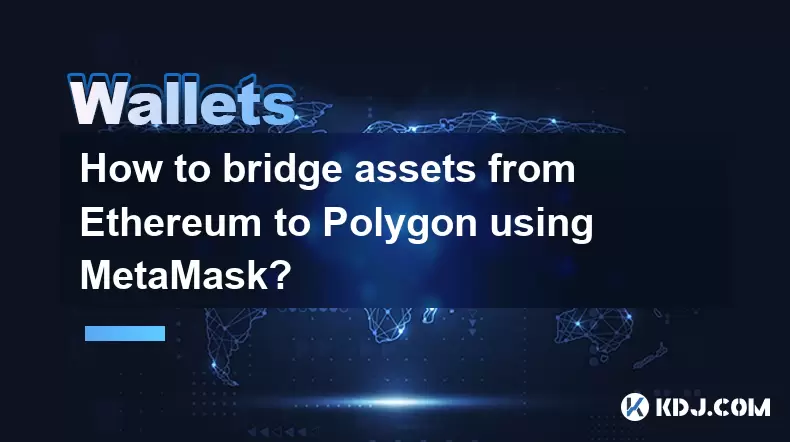
Connecting MetaMask to Polygon Network
To begin bridging assets from Ethereum to Polygon, the first step is ensuring that your MetaMask wallet is properly configured to interact with both the Ethereum Mainnet and the Polygon (Matic) network. If you haven't added Polygon to your MetaMask, open your wallet and click on the network dropdown at the top. Select “Custom RPC” and input the following details:
- Network Name: Polygon Mainnet
- New RPC URL: https://polygon-rpc.com/
- Chain ID: 137
- Currency Symbol: MATIC
- Block Explorer URL: https://polygonscan.com
Once all fields are filled correctly, click Save. You should now see Polygon Mainnet as an available network in your MetaMask wallet.
Choosing a Reliable Bridging Platform
The next critical step is selecting a trusted bridging service that supports asset transfers between Ethereum and Polygon. One of the most commonly used and secure platforms is the Polygon Bridge, also known as the Polygon PoS Bridge. Visit the official website at https://wallet.polygon.technology/ and connect your MetaMask wallet by clicking the Connect Wallet button. Ensure you're on the correct domain to avoid phishing scams.
After connecting, you will be prompted to switch networks if you're not already on Ethereum Mainnet. Confirm the switch in your MetaMask extension. This ensures that the assets you intend to bridge are visible on the correct blockchain.
Selecting and Approving Assets for Transfer
Once connected to the Ethereum Mainnet, navigate to the Bridge tab on the Polygon Bridge interface. Here, you’ll see options to either deposit (bridge out from Ethereum) or withdraw (bridge back to Ethereum). For this process, choose the Deposit option to move assets from Ethereum to Polygon.
Under the Tokens section, select the asset you wish to bridge—this could be ETH, DAI, USDC, USDT, or any other supported token. Enter the amount you want to transfer. Before proceeding, you must approve the bridge contract to access your tokens. Click Approve, and confirm the transaction in your MetaMask wallet. Wait for the approval confirmation before moving forward.
Initiating the Bridge Transaction
With the approval confirmed, click Deposit to start the actual bridging process. A new MetaMask prompt will appear asking for confirmation of the transaction. Make sure to check the gas fee associated with this action, as it can vary depending on Ethereum network congestion. Confirm the transaction and wait for it to be processed.
This initial transaction occurs on the Ethereum blockchain and typically takes a few minutes to complete. Once finalized, the bridge will initiate the second part of the process, which involves minting equivalent tokens on the Polygon network. You may need to wait up to 15–20 minutes for the assets to reflect on Polygon, although this time can vary.
Switching Networks and Verifying Received Assets
After the waiting period, switch your MetaMask network from Ethereum Mainnet to Polygon Mainnet using the network dropdown. Navigate back to the Polygon Bridge and click the Activity tab to view your deposit status. If everything went smoothly, you should see your bridged assets listed here.
You can also verify the balance directly in your MetaMask wallet. If the token isn’t showing automatically, you might need to add it manually. Click Add Token, then Custom Token, and enter the corresponding contract address for the bridged asset on Polygon. You can find this information on the Polygon Bridge Activity page or via Polygonscan.
Once added, your bridged tokens should now appear under your Polygon wallet balance, ready for use within the Polygon ecosystem.
Frequently Asked Questions
How much does it cost to bridge assets from Ethereum to Polygon?
Bridging costs depend on two main factors: Ethereum gas fees during the deposit phase and the processing time on the Polygon side. There’s no direct fee charged by the Polygon Bridge, but users must pay for blockchain transaction fees.
Can I bridge NFTs using the same method?
Yes, the Polygon Bridge supports ERC-721 and ERC-1155 NFTs. The process is similar to bridging fungible tokens, but additional steps may be required when withdrawing or verifying ownership across chains.
Is there a minimum or maximum limit for bridging assets?
There is generally no strict minimum or maximum set by the Polygon Bridge, but some tokens may have protocol-level restrictions. Always check the requirements for the specific token you're transferring.
What should I do if my assets don’t show up on Polygon after bridging?
If your assets are delayed or missing, check the Polygon Bridge Activity tab for confirmation status. You can also use Polygonscan to track the transaction hash. If the issue persists, reach out to the Polygon support team or community forums for assistance.
Disclaimer:info@kdj.com
The information provided is not trading advice. kdj.com does not assume any responsibility for any investments made based on the information provided in this article. Cryptocurrencies are highly volatile and it is highly recommended that you invest with caution after thorough research!
If you believe that the content used on this website infringes your copyright, please contact us immediately (info@kdj.com) and we will delete it promptly.
- DNA Coin, Biotech Streaming, and Real-World Assets: A New Frontier?
- 2025-07-10 22:30:13
- Transak, HYPE Token, and the Hyperliquid Ecosystem: A Deep Dive
- 2025-07-10 23:10:13
- Gasless L2 Revolution: Status Network's Sustainable Funding Model
- 2025-07-10 23:10:13
- SPX6900 and the Meme Coin Mania: Riding the Crypto Wave
- 2025-07-10 23:30:13
- FTX Creditors, Bankruptcy Claims: A Comeback Story?
- 2025-07-10 22:50:12
- Bit Mining's Solana Shift: A New Era for Token Treasuries?
- 2025-07-10 22:50:12
Related knowledge

How to find a specific receiving address on my Trezor
Jul 09,2025 at 10:36pm
Understanding the Purpose of a Receiving AddressA receiving address is a unique identifier used in blockchain networks to receive cryptocurrency. Each...

How to connect Trezor to Rabby wallet
Jul 09,2025 at 05:49am
What Is Trezor and Rabby Wallet?Trezor is a hardware wallet developed by SatoshiLabs that allows users to securely store their cryptocurrency assets o...
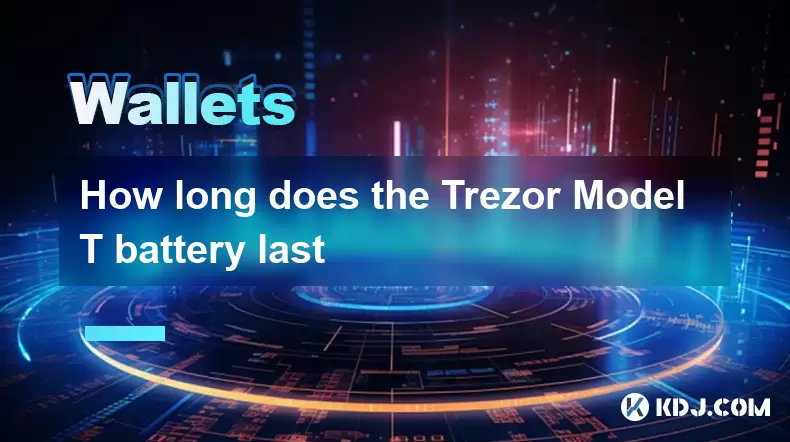
How long does the Trezor Model T battery last
Jul 10,2025 at 11:35pm
Understanding the Battery Design of Trezor Model TThe Trezor Model T is a hardware wallet developed by SatoshiLabs, designed to securely store cryptoc...
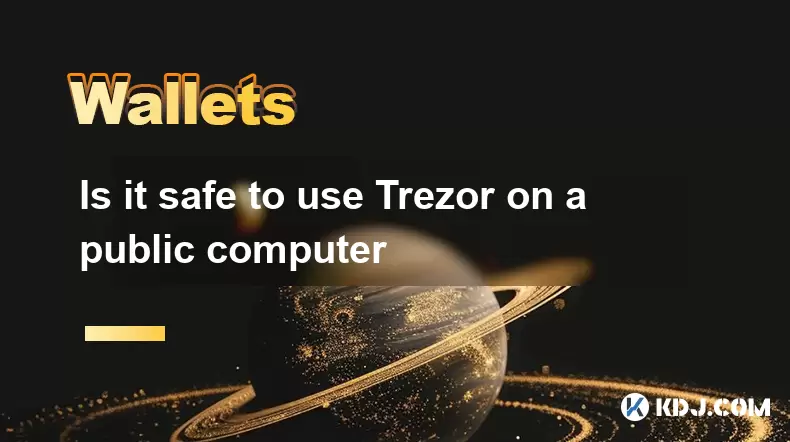
Is it safe to use Trezor on a public computer
Jul 09,2025 at 08:56pm
Understanding the Risks of Using Trezor on a Public ComputerUsing a Trezor hardware wallet is generally considered one of the most secure methods for ...

What happens if I forget my Trezor passphrase
Jul 09,2025 at 03:15am
Understanding the Role of a Trezor PassphraseIf you use a Trezor hardware wallet, you may have set up a passphrase as an extra layer of security beyon...
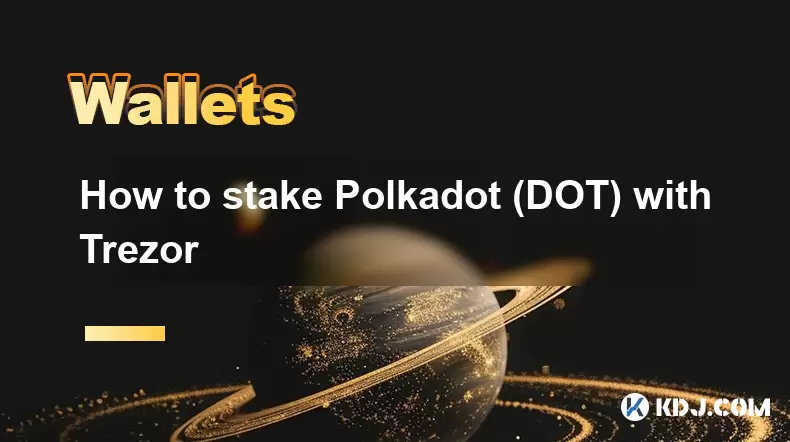
How to stake Polkadot (DOT) with Trezor
Jul 09,2025 at 09:42pm
Understanding Polkadot (DOT) StakingStaking Polkadot (DOT) allows users to participate in network validation and earn rewards. Unlike traditional proo...

How to find a specific receiving address on my Trezor
Jul 09,2025 at 10:36pm
Understanding the Purpose of a Receiving AddressA receiving address is a unique identifier used in blockchain networks to receive cryptocurrency. Each...

How to connect Trezor to Rabby wallet
Jul 09,2025 at 05:49am
What Is Trezor and Rabby Wallet?Trezor is a hardware wallet developed by SatoshiLabs that allows users to securely store their cryptocurrency assets o...

How long does the Trezor Model T battery last
Jul 10,2025 at 11:35pm
Understanding the Battery Design of Trezor Model TThe Trezor Model T is a hardware wallet developed by SatoshiLabs, designed to securely store cryptoc...

Is it safe to use Trezor on a public computer
Jul 09,2025 at 08:56pm
Understanding the Risks of Using Trezor on a Public ComputerUsing a Trezor hardware wallet is generally considered one of the most secure methods for ...

What happens if I forget my Trezor passphrase
Jul 09,2025 at 03:15am
Understanding the Role of a Trezor PassphraseIf you use a Trezor hardware wallet, you may have set up a passphrase as an extra layer of security beyon...

How to stake Polkadot (DOT) with Trezor
Jul 09,2025 at 09:42pm
Understanding Polkadot (DOT) StakingStaking Polkadot (DOT) allows users to participate in network validation and earn rewards. Unlike traditional proo...
See all articles





















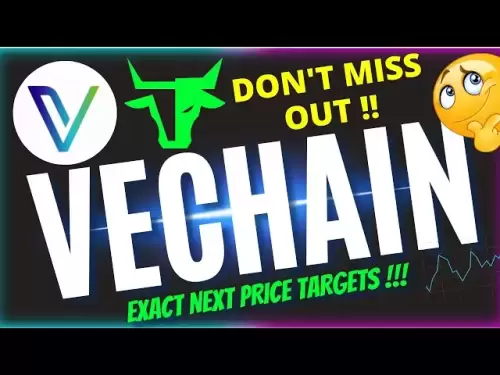




![Bitcoin is about to plummet and get 9-7W long-term short orders [Chainblade’s latest market BTC technical analysis] July 10, 2025 Bitcoin is about to plummet and get 9-7W long-term short orders [Chainblade’s latest market BTC technical analysis] July 10, 2025](/uploads/2025/07/10/cryptocurrencies-news/videos/bitcoin-plummet-w-term-short-chainblade-market-btc-technical-analysis-july/686f8f4c58e52_image_120_90.webp)






























































